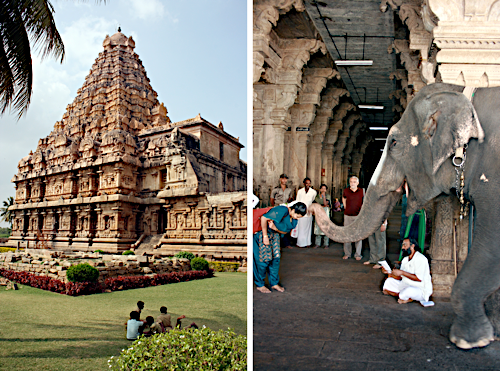
| ||||||
| Level 100 | ||||||
|
| ||||||
| Level 200 | ||||||
|
| ||||||
| Level 300 | ||||||
|
| ||||||
| Level 400 | ||||||
|
| ||||||
| Level 500 | ||||||
| ||||||
| Level 600 | ||||||
|
| ||||||
| History of Art | ||||||
| LS&A | ||||||
| University of Michigan | ||||||
| Back to the list of courses |
HISTART/ASIAN - Bodies and Buildings: Studies in Indian Temple Architecture

Indian temples are among the great architectural traditions of the world. Erected by Hindus, Buddhists, and Jains since the early centuries CE, they display an extraordinary array of sophisticated forms, layouts, and functions. This seminar initially traces the formal, social, and symbolic origins of the important traditions of temple architecture. It then maps their regional expressions and their dispersion. In doing so, it emphasizes some of the remarkable ways in which humans and temples have shaped and reflected one another. Encounters between temples and human communities have ranged from a patron's limb providing the unit of measure for a shrine, to the design of the temple as the dwelling and body of a gendered, juridical, and permeable being. Thereafter, the seminar graphs pivotal moments in lives of individual temples — their conception, construction, the infusion of prana (vital energy) into them, their mutilation, restoration, total destruction, and eventually re-creation — alongside rituals and festivals performed around them. Course opportunities include visits to museums and special collections.
Estimated Cost of Materials: $50-$100.
HISTART category for concentration distributions: C. Asia (includes China, Japan, India, South and Southeast Asia, and the Pacific), 1. Ancient, 2. Medieval.
Course Format:
Tentative Grade Breakdown
Prerequisites: None